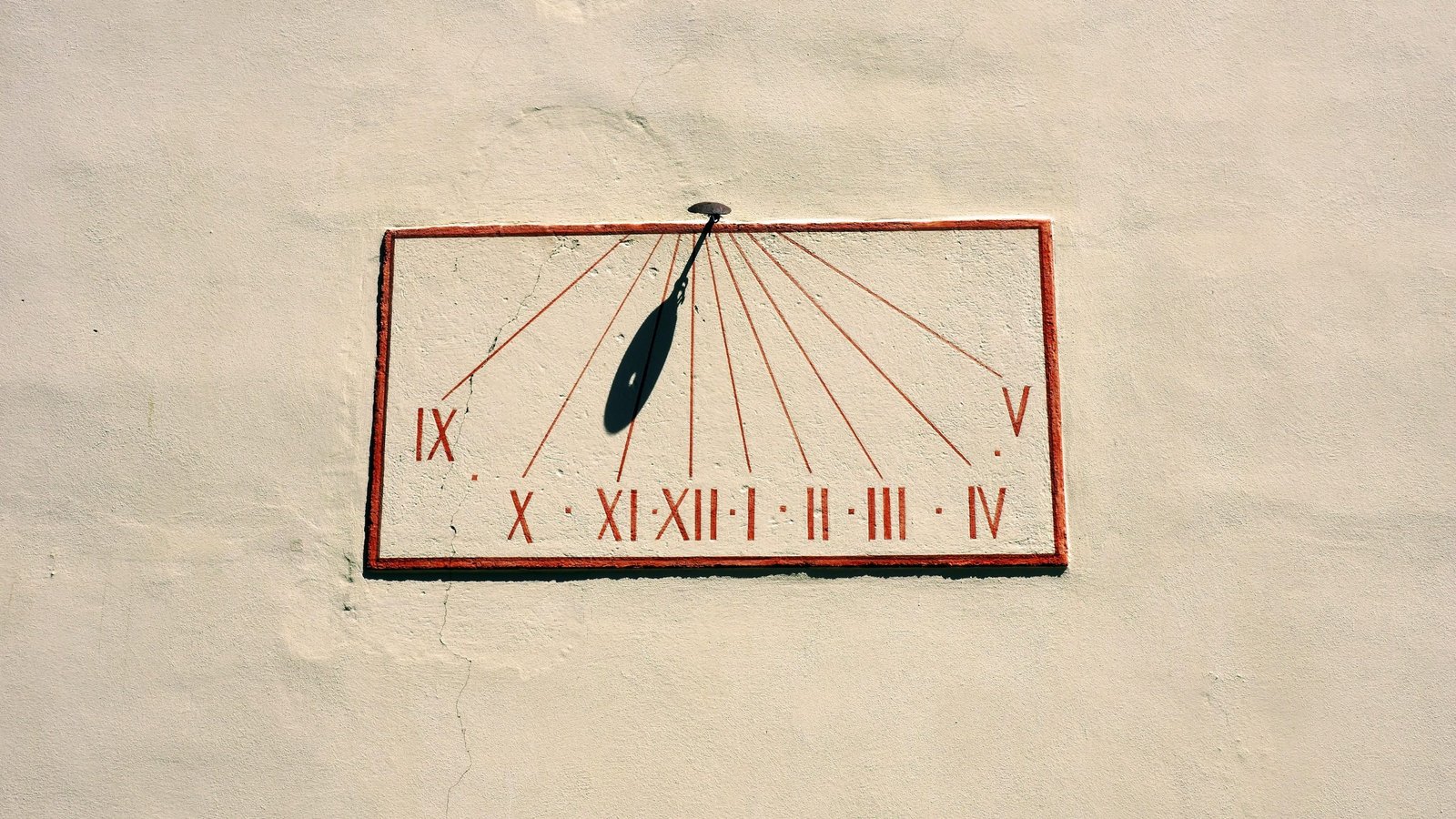Have you ever wondered when the sundial was created? This ancient timekeeping device has a rich history that dates back thousands of years.
The sundial is believed to have been invented around 1500 BCE in ancient Egypt. It was a simple yet effective way to measure time based on the position of the sun. The early sundials consisted of a flat plate with markings that indicated the hours and a rod, known as a gnomon, that cast a shadow onto the plate.
Over time, the design and functionality of sundials evolved. The Greeks and Romans made significant contributions to the development of this timekeeping device. They introduced more sophisticated designs, such as the hemispherical sundial and the portable pocket sundial.
During the Middle Ages, sundials became popular in Europe, especially in monasteries and churches. They were often intricately designed and placed on walls or in gardens. Sundials were not only practical timekeepers but also symbols of scientific and artistic achievement.
With the advent of mechanical clocks in the 14th century, the popularity of sundials declined. However, they continued to be used in certain settings, such as gardens and public squares, as decorative elements and reminders of our ancient past.
Today, sundials are still appreciated for their beauty and historical significance. They serve as reminders of our connection to the natural world and the ingenuity of our ancestors. So, the next time you come across a sundial, take a moment to admire its timeless elegance and think about the centuries of history it represents.





